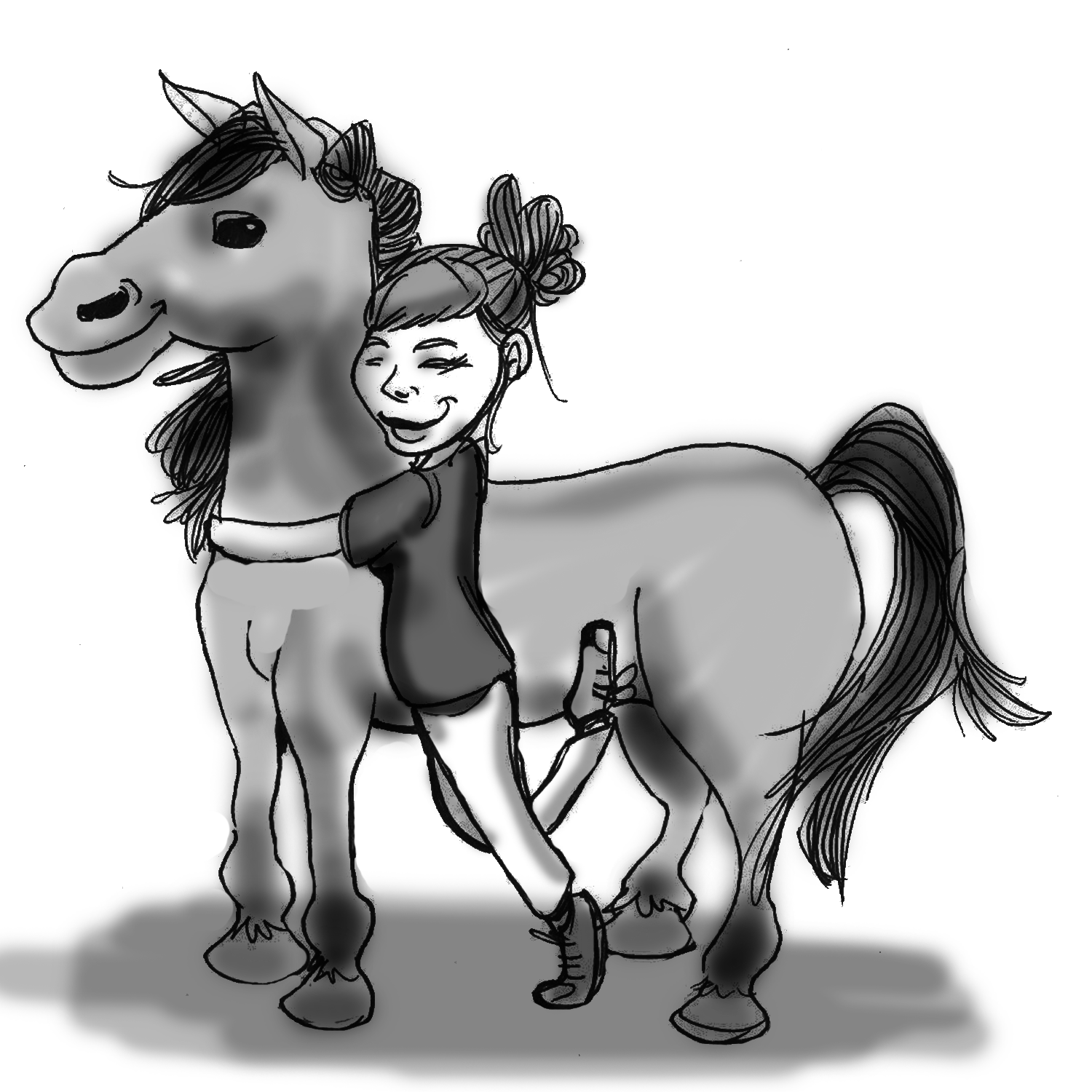What do you think of when you hear the word “horse?”
Perhaps you imagine wild mustangs, the spirits of the old west. Maybe you remember the Chincoteague and Assateague ponies on the Eastern Shore from reading Marguerite Henry’s books. The Lipizzaner Stallions may leap into your mind, kicking mid-air in manège and prancing in piaffe. Maybe you visualize equestrian events, where horse and rider display the highest athleticism and the closest bond. Stronger than all these images, maybe you hold memories of a horse you knew and loved.
According to the Humane Society of the United States, more than 25,000 horses are neglected each year in the United States alone. Some estimate that that number is much higher, because many cases go unreported. This is partially because people don’t always know what to do when they see a neglected horse.
Many neglected horses are severely underweight. The outlines of bones protrude from a ragged, dull coat. They slump when they walk and the stars in their eyes no longer shine through. Aside from malnourishment, neglected horses face other plights.
Veterinarians don’t come for check-ups, so the horses are often sick. Sometimes their teeth haven’t been rasped by an equine dentist. This causes their sensitive mouths to bleed and develop sores. Other times, the farrier (who takes care of the hooves) hasn’t come for entirely too long.
Stories of horse neglect don’t always make the news. A recent exception happened in Washington County, MD In August 2015, a group from the Humane Society of Washington County were conducting a welfare inspection when they came across a nasty surprise: horses emaciated from underfeeding and dehydration. Their hooves had grown to three feet in length, coiling around their lower legs like hardened snakes. Deep piles of manure surrounded them. A veterinarian hadn’t seen them in at least 15 years. Two of the horses were rescued, but one had to be euthanized.
If you see a neglected horse and want to help, you probably aren’t sure how. For starters, make sure you’re doing so legally.
Some areas have “ag gag” laws that prevent third parties from documenting farm conditions. While pictures and videos make for solid evidence, they could also land you in a pile of stall muck.
Usually, animal cruelty laws apply to household animals. They don’t provide the same protection to farm animals. Horses usually fall in the dangerous middle, where the line between pets and livestock is unclear.
Once you know how the laws work, take action. However, don’t try to handle the situation yourself; call the experts. Animal control, horse rescue organizations, and humane societies are better suited for the job than you are.
If they ask where you found the neglected horse, tell them the most specific location that you can. If you can’t give an exact address, then proximity to a well-known landmark will work. When the authorities come, let them handle it.
Aside from alerts, you can aid neglected horses in other ways. Donating to humane societies or rescue operations is a common method. If you can’t give money, give time as a volunteer. You can also petition for more effective animal cruelty laws.
The number of neglected horses is currently within the thousands. Help bring that number to zero.
Stephanie Singer
smsinger@vwc.edu
(Photo: Val Miller | Marlin Chronicle)
